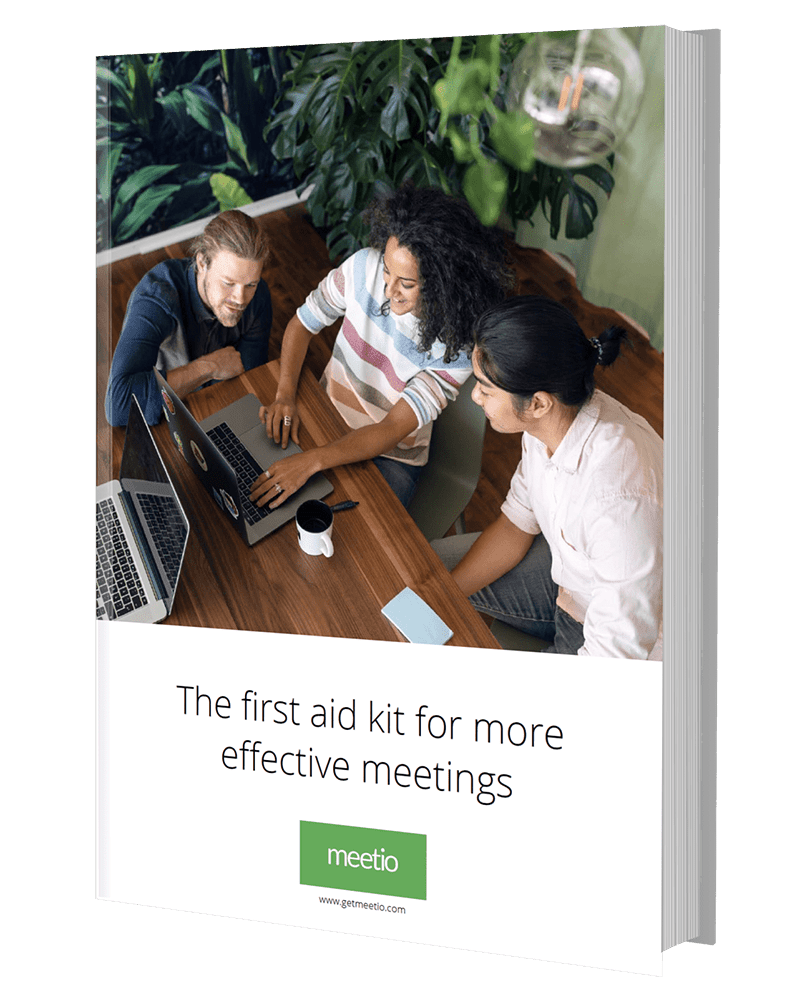
Meetings are a tricky thing. On one hand they are often necessary and important for business, and on the other, they can end up feeling like a waste of time. No one likes to spend time at meetings that they otherwise could have used for client work or tasks with deadlines. So, how can you ensure that meetings are productive, on-target and keep attendees happy? Start by creating a really good agenda.
Think of a bad meeting you’ve been a part of recently. What made it go wrong? Was it too long? Did you feel that it wasn’t necessary for you to be there? Were there too many interruptions, or the conversation went off topic? These are all common reasons that employees don’t like meetings, but luckily, they are all avoidable problems.
Meeting agendas can ensure that the topic of conversation is clear, that everyone who is attending understands their role and why their attendance is necessary, and that rules are set for conduct within the meeting to ensure that it doesn’t go off the rails. With meeting agendas, you can also be better prepared, ensure that all staff can and are able to actively engage, and that you are prioritizing in the right way, rather than taking employees away from their most productive time, or tasks that need urgent attention.
Emergency meetings happen. Issues can pop up all the time, that's only natural in business. But, if you can plan ahead for meetings, you should always prepare. If you are leading the meeting - make an agenda early on, so that you can make sure the appropriate people are included (or not) and that you can specify what each person should bring to the table.
Your meeting agenda should be as specific as possible. Start with titling your agenda, and outlining the goal or purpose for calling the meeting. While your meeting might be something obtuse like “Quarterly Review,” try to summarise what the outcome of the meeting should be, such as “Quarterly Review to assess revenue goal achievement and identification of growth opportunities and areas of improvement.” When you outline what the full purpose of the meeting is, you are better able to help yourself and other employees get in the right mindset and set appropriate expectations about the meeting and its importance.
The main part of your agenda should include the topics to be covered in a sensible order, and the amount of time allotted to each. Agendas should always have specified times to ensure that they don’t run too long. If it appears that an issue or topic cannot be discussed within the time that is allotted, make note of who this particular topic affects, and schedule a follow up meeting to dive into more detail without taking up everyone else’s time. All too often a specific item within a meeting is focused on, with the rest of the participants in the meeting becoming anxious or frustrated over the meeting's lack of progress.
Next, you should make clear who is included in the meeting, and the roles they will have. Try to ensure that everyone in attendance has something to contribute, otherwise employees can feel like the meeting is a waste of their time when they could have just been emailed the information. Specify when each person will present or engage in the conversation (with room for discussion as well, of course), and outline who will lead each part of the meeting.
The key to a great meeting agenda is specificity. When you utilize planning and detailed organization, you can minimize the time spent in meetings, ensure that those in attendance are contributing (and not bored), and that there is a clear desired outcome or goal. Your meetings will turn out to be much more productive, and you can start to feel that the way you conduct your meetings keeps everyone happy.
Learn how you can improve the meeting culture in your organization

These Stories on Meetings
Meetio AB/Logitech Nordics AB
Hamngatan 4
211 22, Malmö
Sweden
Magnus Ladulåsgatan 3
SE-118 65 Stockholm
Sweden
Sweden: +46-(0)10-101 95 60
No comments yet
Let us know what you think!